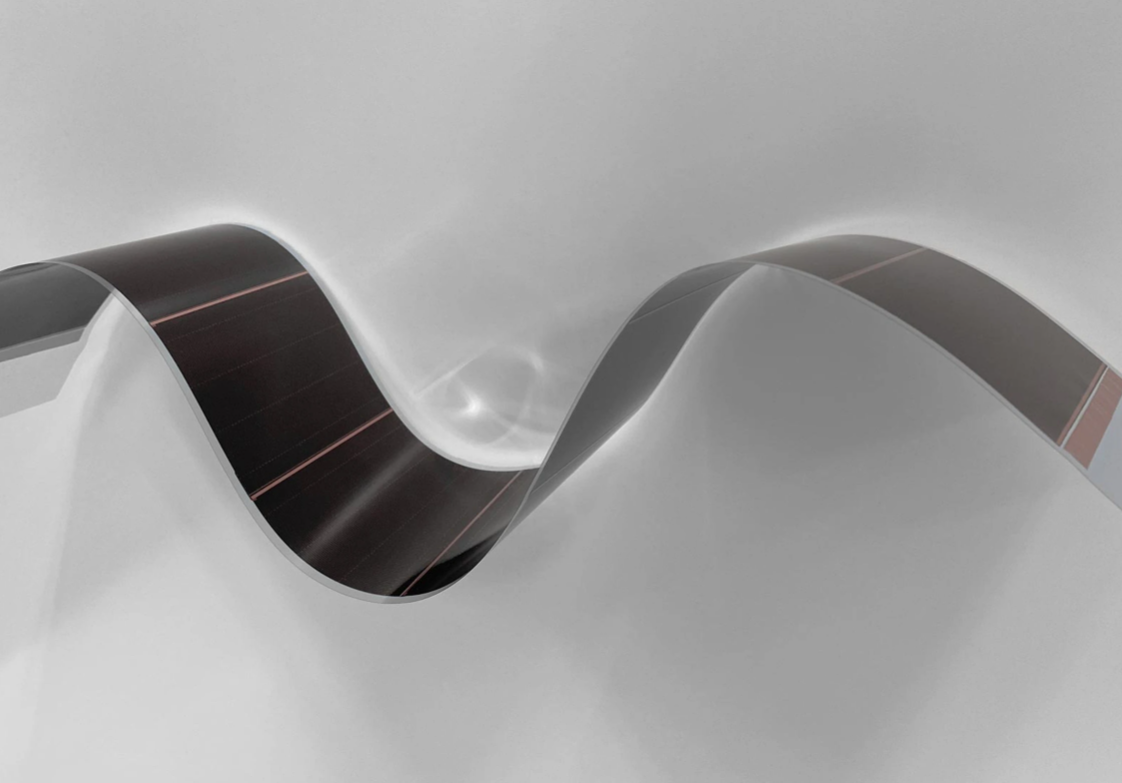From pv magazine USA
Arizona-based Solestial, a specialist in space-based solar tech, has agreed to partner with in-space logistics firm Atomos Space. It will supply ultra-thin PV blankets for Atomos Space’s solar-electric orbital transfer vehicles (OTV).
The deal calls for at least 20 kW of ultra-thin, low mass, radiation-hardened solar blankets to power the craft for several upcoming missions in 2024. The company said its 20-micron thick cells demonstrate over 20% efficiency.
Atomos Space’s OTVs provide a range of transportation services for satellite operators. The craft use high-powered electric propulsion systems, making use of PV as a steady supply of power in space. Following an initial demonstration, the blanket shipsets from Solestial will power two OTVs providing deployment services to constellation operators in low Earth orbit and relocation services to operators in other orbits.
“It was clear that traditional space solar was too expensive and too supply-constrained to support our high-power OTV design,” said Atomos Space CEO Vanessa Clark. “We were attracted to Solestial’s solution as they provided the best combination of solar array specific mass performance, radiation hardness, and affordability available on the market today.”
The French Alternative Energies and Atomic Energy Commission (CEA) independently validated the ability of Solestial’s ultrathin silicon solar cells to effectively anneal radiation damage under sunlight at 90 C (194 F). This means the cells essentially self-heal under radiation damage.
Popular content
Solestial’s silicon solar cells open circuit voltage dropped by only 4% and maintained 96% of initial value after being exposed to radiation equivalent to 10 years in low Earth orbit.
“Annealing of radiation damage in silicon is straightforward at high temperatures, for example, above 200 C to 250 C, but this is not useful for applications in space as these temperatures are rarely, if ever, experienced in situ,” said Romain Cariou, space silicon solar applications expert for CEA. “The differentiation factor here is that Solestial’s cells can cure radiation damage at normal operating temperatures for solar panels in space.”
The company has been developing its technology for over a decade, beginning its life in Arizona State University. It underwent a $10 million seed funding round in October 2022.
Solestial targets a 2025 launch of a manufacturing facility capable of producing 10 MW per year of solar blankets.

This content is protected by copyright and may not be reused. If you want to cooperate with us and would like to reuse some of our content, please contact: editors@pv-magazine.com.



6 comments
By submitting this form you agree to pv magazine using your data for the purposes of publishing your comment.
Your personal data will only be disclosed or otherwise transmitted to third parties for the purposes of spam filtering or if this is necessary for technical maintenance of the website. Any other transfer to third parties will not take place unless this is justified on the basis of applicable data protection regulations or if pv magazine is legally obliged to do so.
You may revoke this consent at any time with effect for the future, in which case your personal data will be deleted immediately. Otherwise, your data will be deleted if pv magazine has processed your request or the purpose of data storage is fulfilled.
Further information on data privacy can be found in our Data Protection Policy.